Contact Details
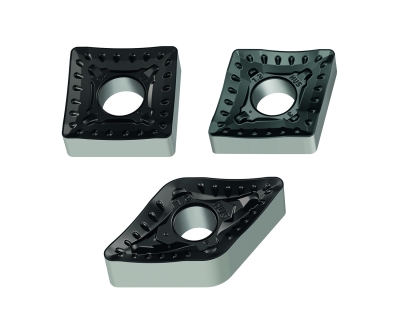
Walter has introduced single-sided indexable inserts with new HU5 geometry. These HU5 inserts can dramatically boost productivity particularly in rough machining of stainless steels and heat-resistant superalloys and secondarily in steel. They are typically used in machining AISI 316 material, Inconel 718 and titanium.
The main cutting edge, which is protected by a negative chamfer, prevents insert fractures when machining hard scales and heat affected zones and thus optimizes insert performance in forged parts. Components with interrupted cuts and other demanding machining operations benefit as well.
Compared to double-sided negative inserts, HU5 has a large seating surface. This increases stability and permits greater cutting depths, feed rates, and metal-removal rates. In addition to the stable seating, the key factor in this improved productivity is the combination of HU5 geometry and Walter’s Tiger·tec Silver grades. This combination leads to increased tool life up to 75%.
With HU5 geometry, the curved cutting edge and deep chip groove produce low cutting forces even at high feed rates, reducing heat buildup. The variable rake angle at the corner radius allows for lower cutting forces and increases tool life. Available in grades WPP10S, WPP20S, WMP20S, WSM20S and WSM30S, the HU5 geometry rounds out the extensive Walter product range in the areas ISO S and M, leading to a total of 12 insert shapes in six grades.
Related Glossary Terms
- feed
feed
Rate of change of position of the tool as a whole, relative to the workpiece while cutting.
- rake
rake
Angle of inclination between the face of the cutting tool and the workpiece. If the face of the tool lies in a plane through the axis of the workpiece, the tool is said to have a neutral, or zero, rake. If the inclination of the tool face makes the cutting edge more acute than when the rake angle is zero, the rake is positive. If the inclination of the tool face makes the cutting edge less acute or more blunt than when the rake angle is zero, the rake is negative.
- stainless steels
stainless steels
Stainless steels possess high strength, heat resistance, excellent workability and erosion resistance. Four general classes have been developed to cover a range of mechanical and physical properties for particular applications. The four classes are: the austenitic types of the chromium-nickel-manganese 200 series and the chromium-nickel 300 series; the martensitic types of the chromium, hardenable 400 series; the chromium, nonhardenable 400-series ferritic types; and the precipitation-hardening type of chromium-nickel alloys with additional elements that are hardenable by solution treating and aging.
- superalloys
superalloys
Tough, difficult-to-machine alloys; includes Hastelloy, Inconel and Monel. Many are nickel-base metals.

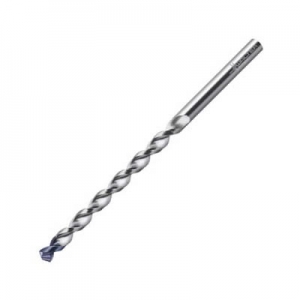
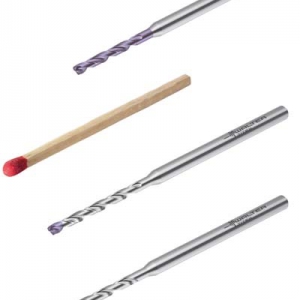

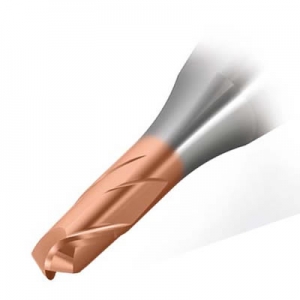
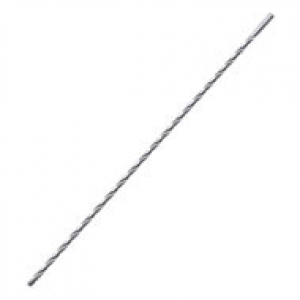
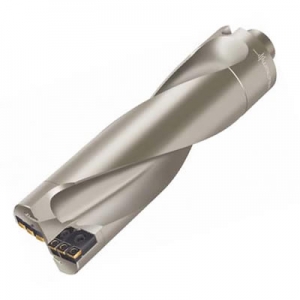

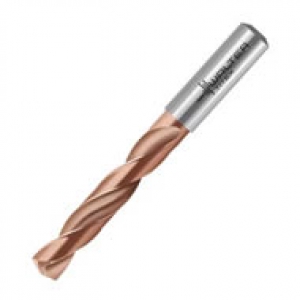
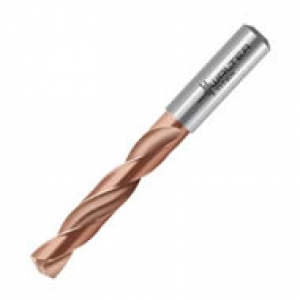
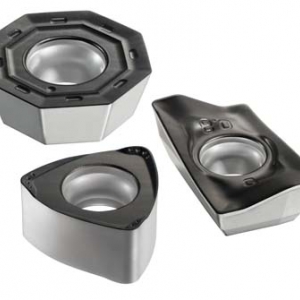
 PRODUCTS
PRODUCTS

